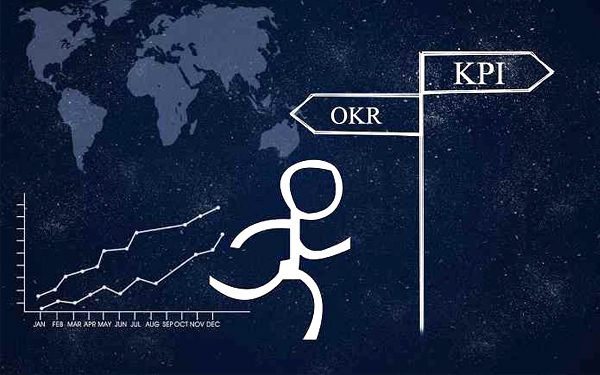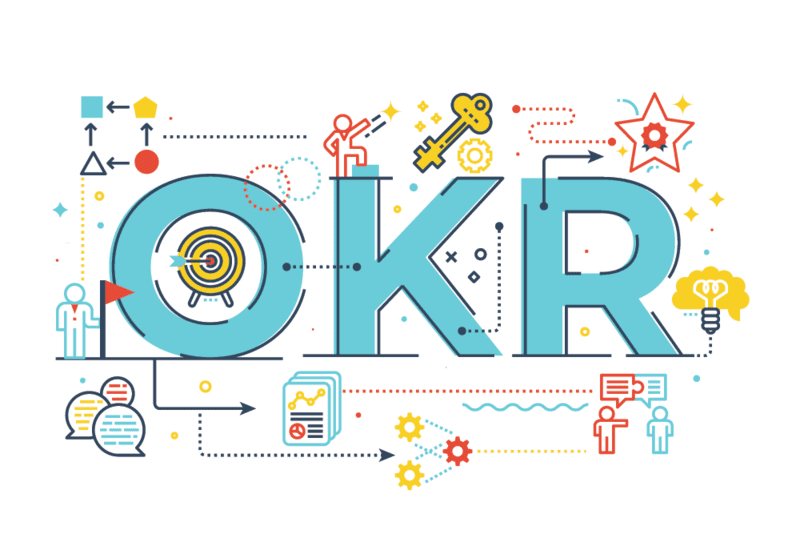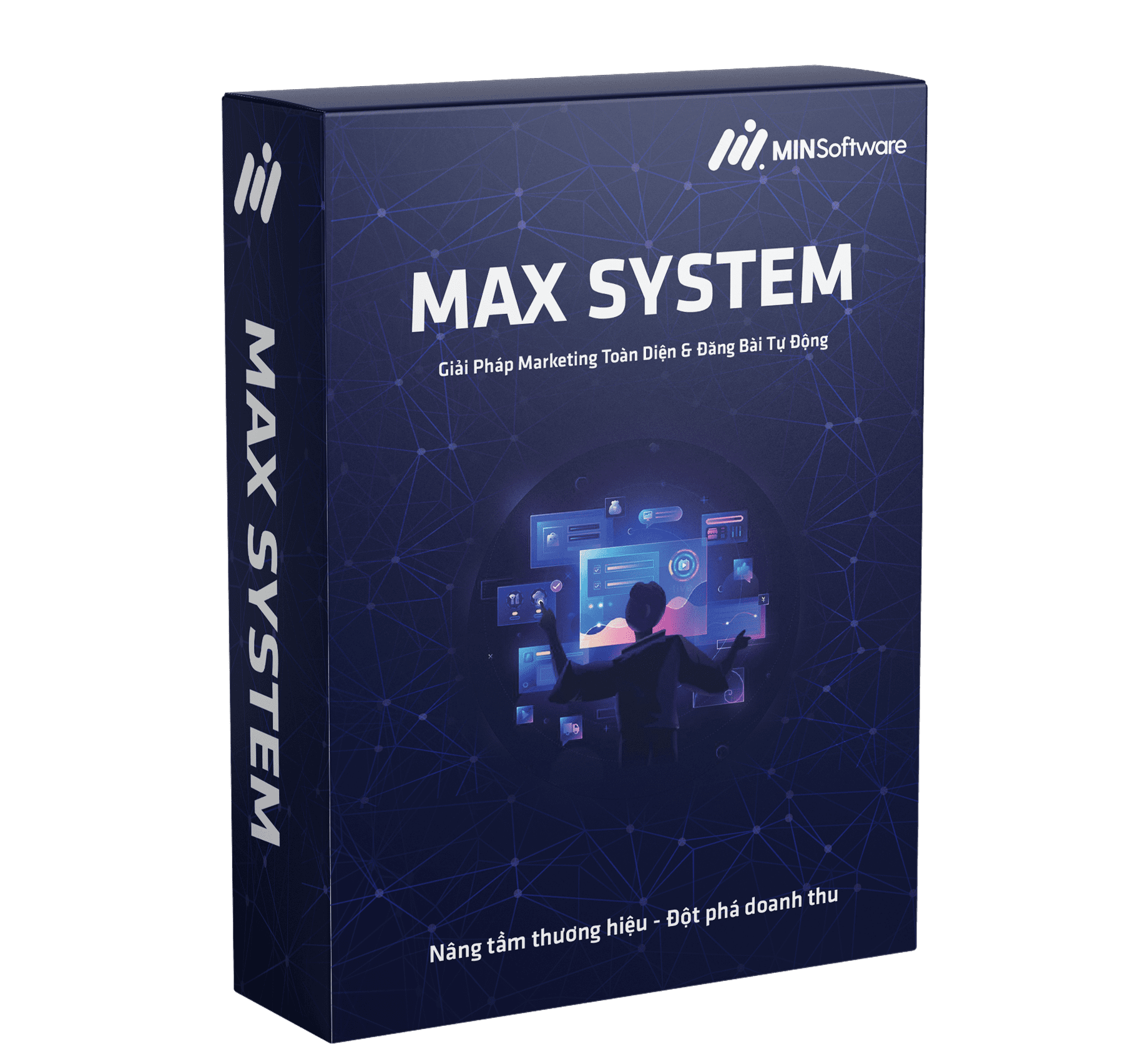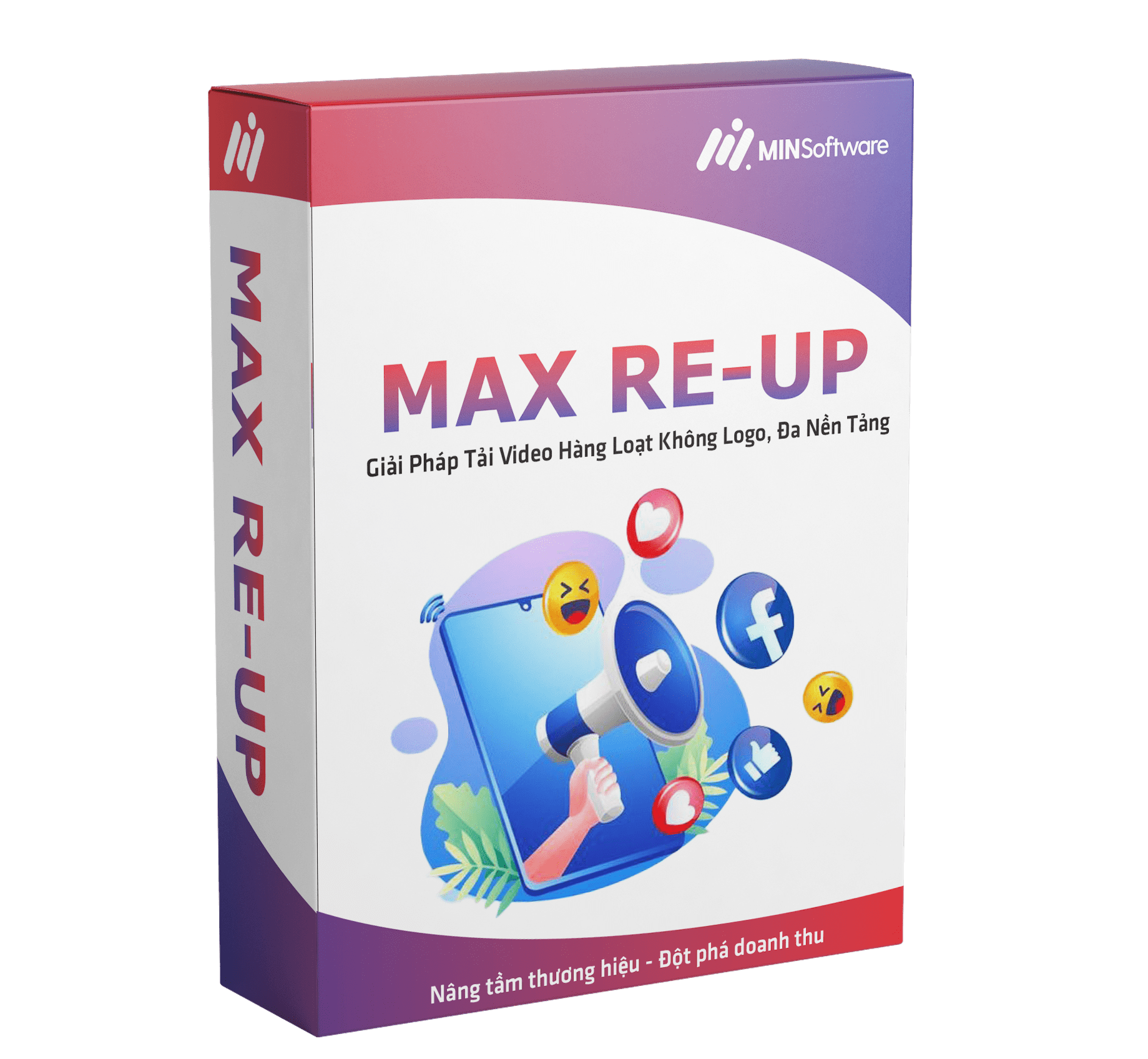OKR vs KPI: Key Differences in Business Management
OKR (Objectives and Key Results) and KPI (Key Performance Indicators) are essential frameworks in business management, but they serve different purposes.
OKRs focus on setting ambitious goals and tracking progress, while KPIs measure performance against specific benchmarks.
Understanding how to use both effectively can help businesses drive growth, improve efficiency, and achieve long-term success. In this article, we’ll explore the key differences between OKRs and KPIs and how to implement them strategically.
1. Definition of OKR and KPI
OKR (Objectives and Key Results) is a goal-setting framework that helps organizations define ambitious objectives and measure their progress using key results.
It encourages alignment, transparency, and continuous improvement by setting challenging yet achievable goals.
KPI (Key Performance Indicator) is a measurable value that indicates how effectively an individual, team, or organization is achieving specific objectives.
KPIs focus on tracking performance over time, ensuring that business strategies are on the right path toward success.
While OKRs drive innovation and growth by setting high-reaching goals, KPIs ensure operational efficiency by measuring ongoing performance.

2. Differences Between OKR and KPI
Many businesses still confuse these two concepts because both are used to measure work performance. Let’s compare them to identify their similarities and differences.
a. Similarities Between OKR and KPI
- Both are performance measurement tools used in businesses.
- They help track progress and evaluate success.
- Both provide data-driven insights for decision-making.
- They align with business goals and objectives.
- Both require regular monitoring and adjustments.

b. Differences Between OKR and KPI
- Purpose: OKRs focus on ambitious goal-setting and growth, while KPIs measure performance and efficiency.
- Flexibility: OKRs are adaptable and can change frequently, whereas KPIs are usually fixed and long-term.
- Scope: OKRs define what an organization wants to achieve, while KPIs track how well it’s performing.
- Measurement: OKRs are qualitative and aspirational, while KPIs are quantitative and based on specific metrics.
- Approach: OKRs encourage innovation and strategic thinking, whereas KPIs focus on maintaining consistent performance.
Focus of OKR and KPI
- OKR focuses on growth and innovation, helping businesses set ambitious goals and drive breakthrough development.
- KPI focuses on performance and maintenance, measuring task completion based on specific indicators.
In other words, OKR helps businesses aim for the future, while KPI ensures current performance is maintained.
How to Apply OKR and KPI
- OKR is applied by setting ambitious objectives and measurable key results. It is reviewed and adjusted regularly (often quarterly) to ensure alignment with business goals.
- KPI is used to track and evaluate performance based on predefined metrics. It is typically monitored continuously to assess efficiency and productivity.
OKR helps businesses push for innovation and growth, while KPI ensures consistent performance and operational stability.
Mechanism of OKR and KPI
- OKR (Objectives and Key Results) operates on a goal-setting framework where objectives are set ambitiously, and key results are used to measure progress. OKRs are usually reviewed quarterly and encourage flexibility and innovation.
- KPI (Key Performance Indicators) functions as a performance measurement tool, tracking specific metrics to evaluate efficiency and success. KPIs are typically monitored continuously and focus on maintaining consistent performance.
OKRs drive organizations toward long-term vision and strategic growth, while KPIs ensure operational excellence and efficiency.

Notes on Building OKRs and KPIs
To effectively apply OKRs and KPIs, businesses should consider the following key points:
- Define clear objectives: OKRs should be ambitious and drive innovation, while KPIs must be measurable and directly related to performance.
- Align with business strategy: Both OKRs and KPIs should align with the company’s vision and overall development direction.
- Establish reasonable measurement criteria: For OKRs, Key Results should be specific and measurable. KPIs should have clear evaluation criteria that reflect actual business performance.
- Review and adjust periodically: OKRs should be assessed quarterly to ensure flexibility, while KPIs need to be tracked regularly to make timely adjustments if necessary.
- Ensure transparency and commitment: Every individual, team, and department should clearly understand their OKRs and KPIs, commit to achieving them, and collaborate effectively for optimal results.
Conclusion
Both OKRs and KPIs are essential tools for measuring and driving business performance, but they serve different purposes.
OKRs focus on ambitious goals and innovation, pushing teams toward significant achievements, while KPIs track performance and ensure efficiency in daily operations.
Understanding the key differences and how to implement them effectively will help businesses set clear priorities, align their teams, and achieve sustainable growth.
By combining OKRs and KPIs strategically, companies can create a well-balanced performance management system that fosters both long-term vision and short-term execution.
𝐂𝐎𝐍𝐓𝐀𝐂𝐓 𝐔𝐒 𝐅𝐎𝐑 𝐂𝐎𝐍𝐒𝐔𝐋𝐓𝐀𝐓𝐈𝐎𝐍 & 𝐅𝐑𝐄𝐄 𝐓𝐑𝐈𝐀𝐋
Hotline/ Zalo/ Whatsapp: (+84) 77.207.2222 – (+84) 972.544.228
Telegram 1: https://t.me/@MIN_Media
Telegram 2: https://t.me/BaoMinSoftware
Facebook Fanpage: Fanpage MINSoftware
Learm More:















